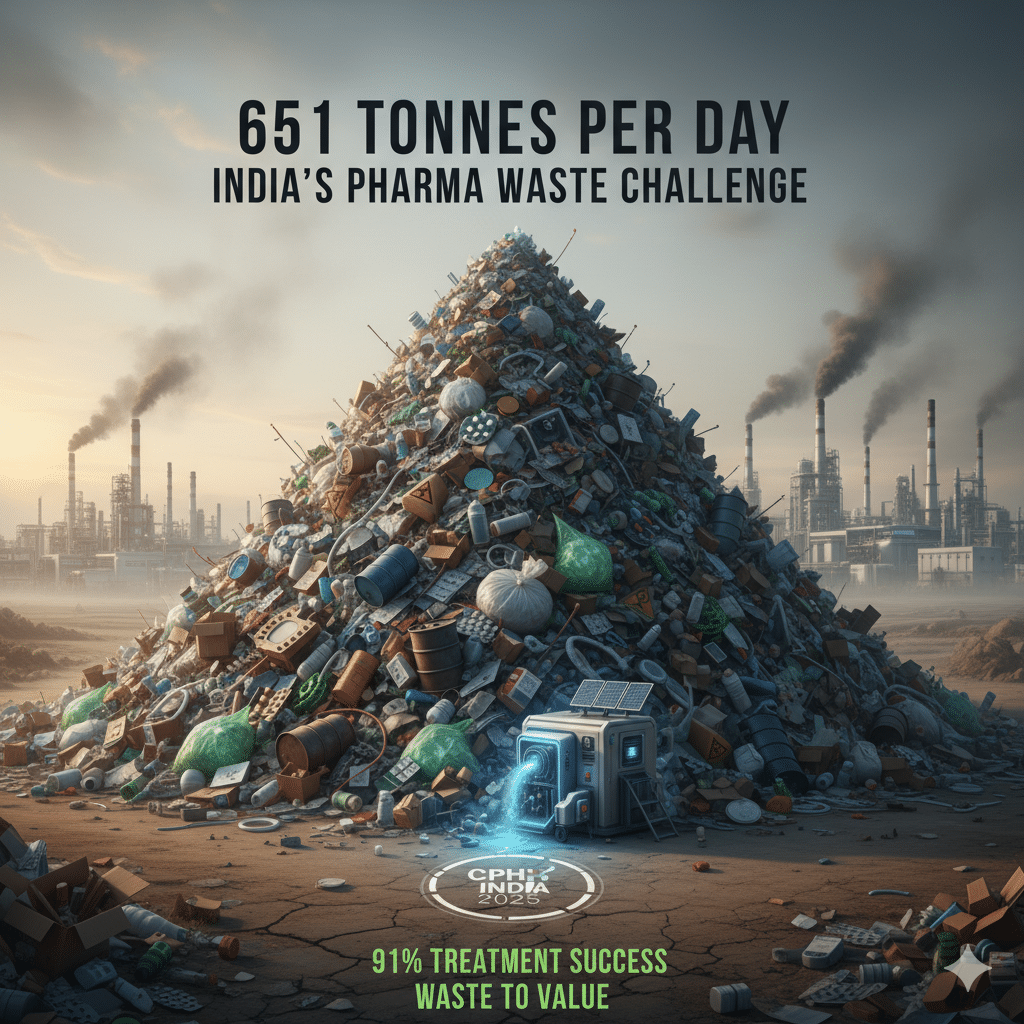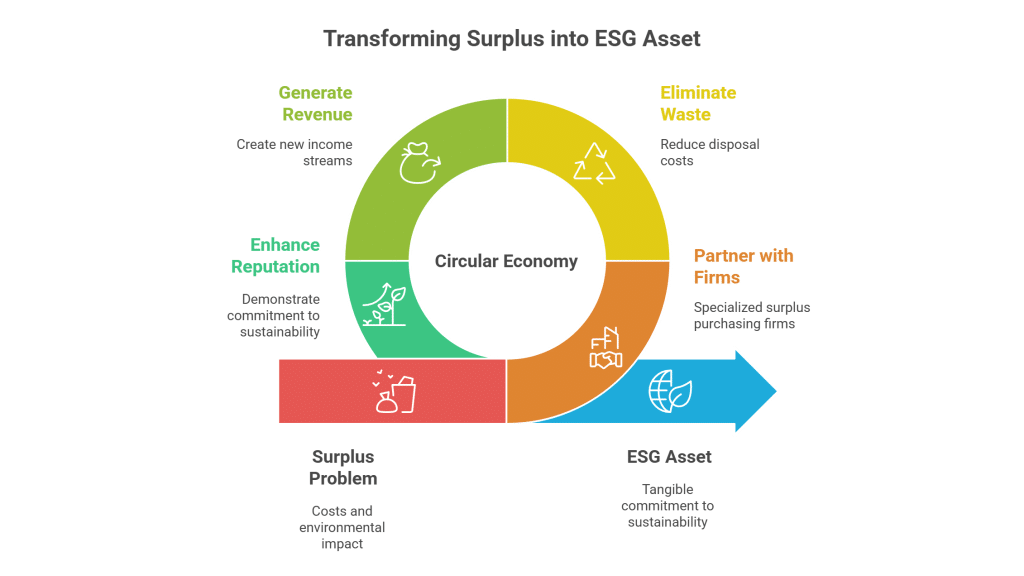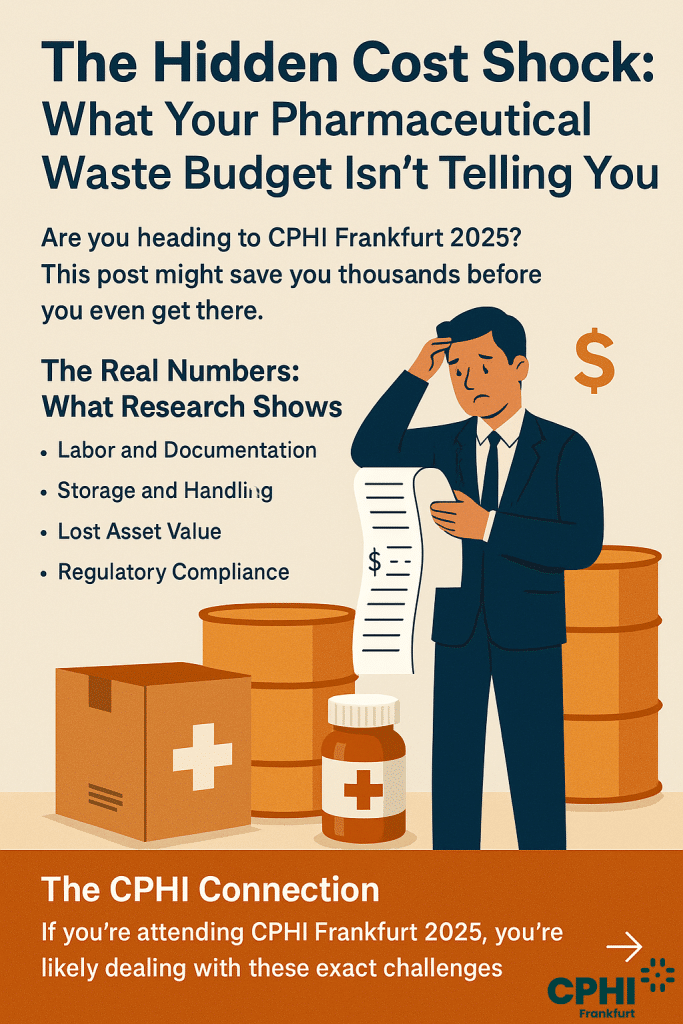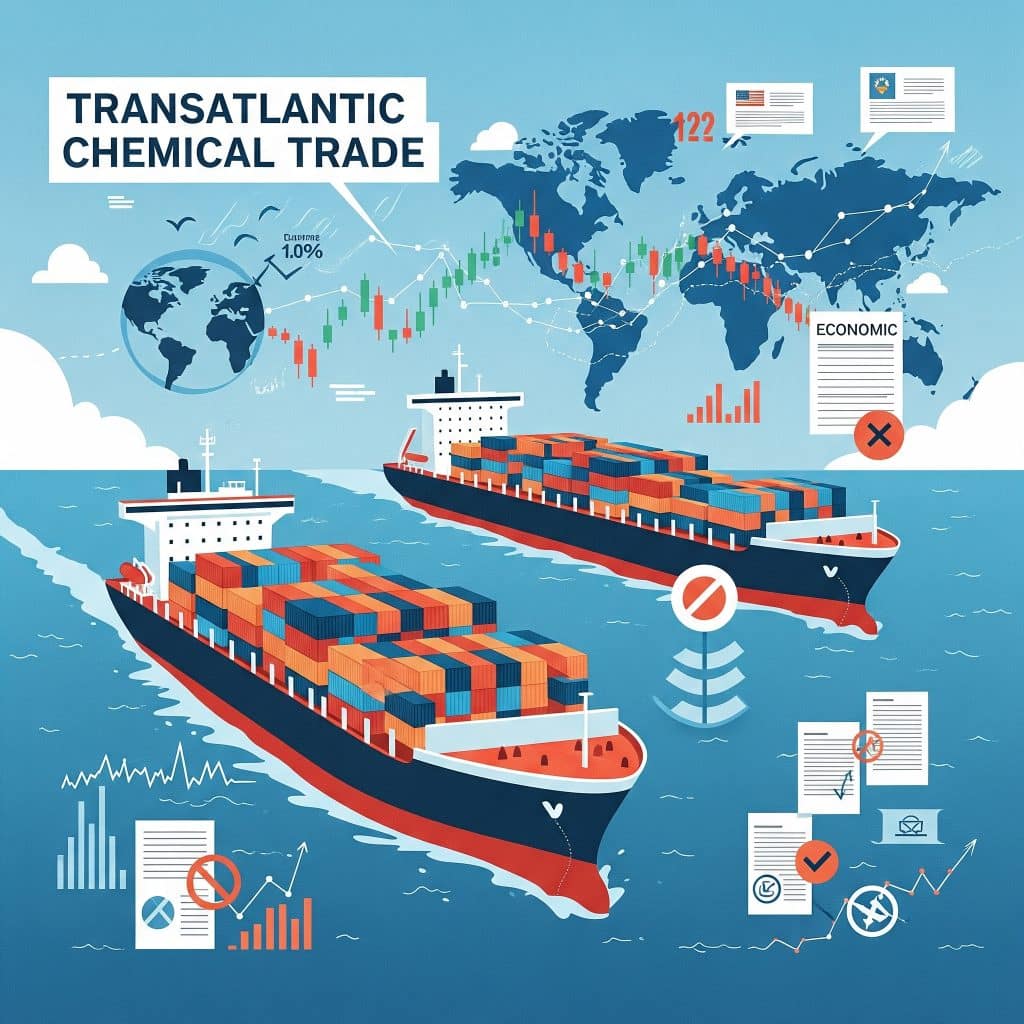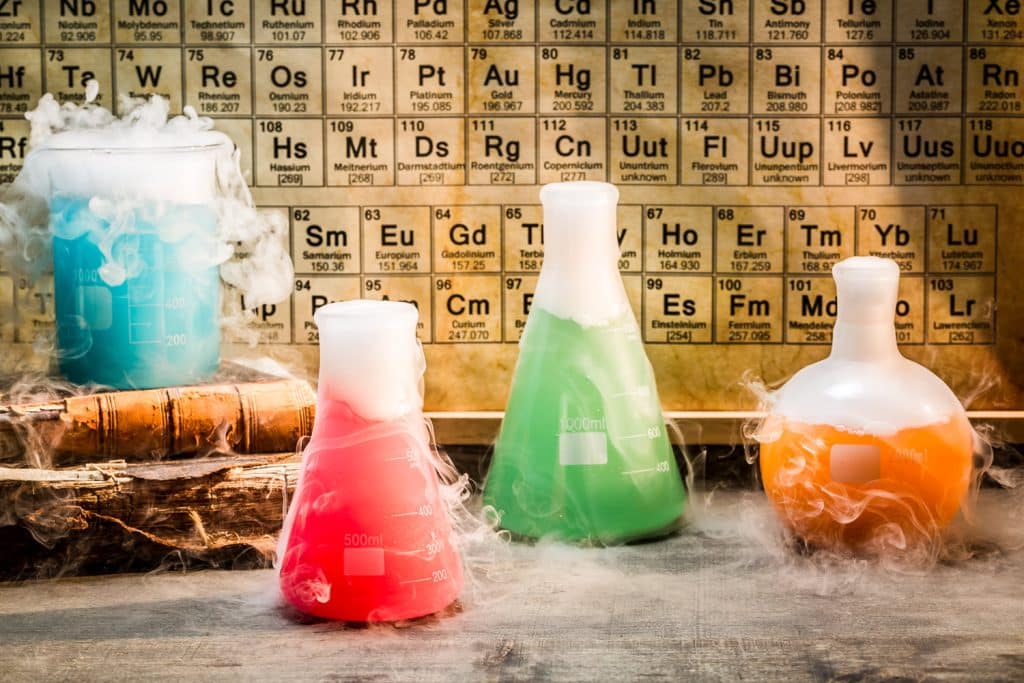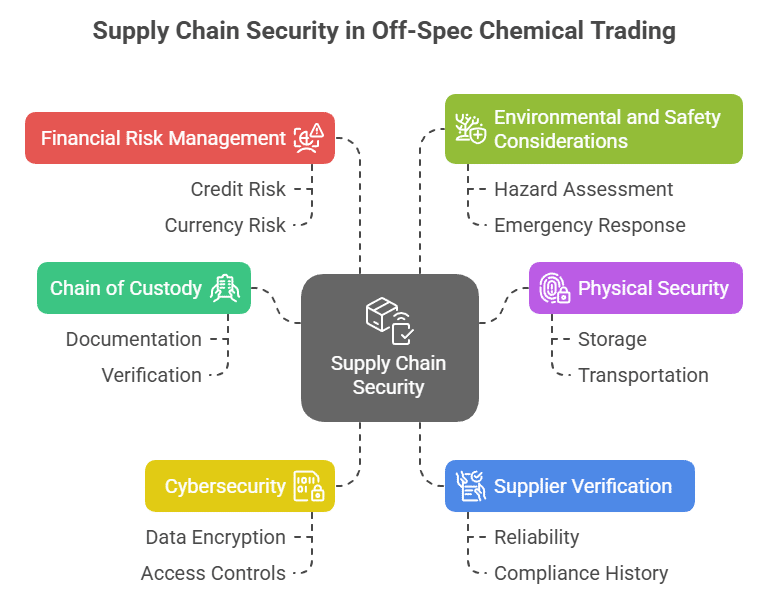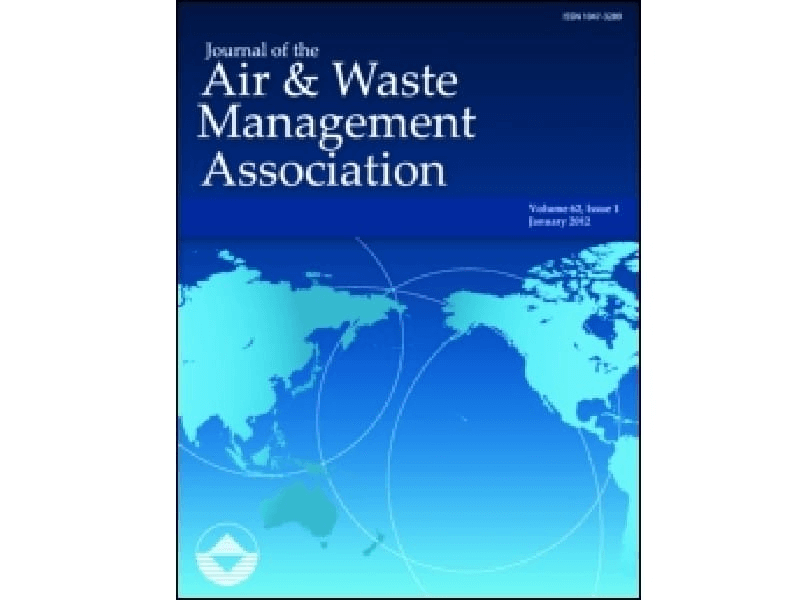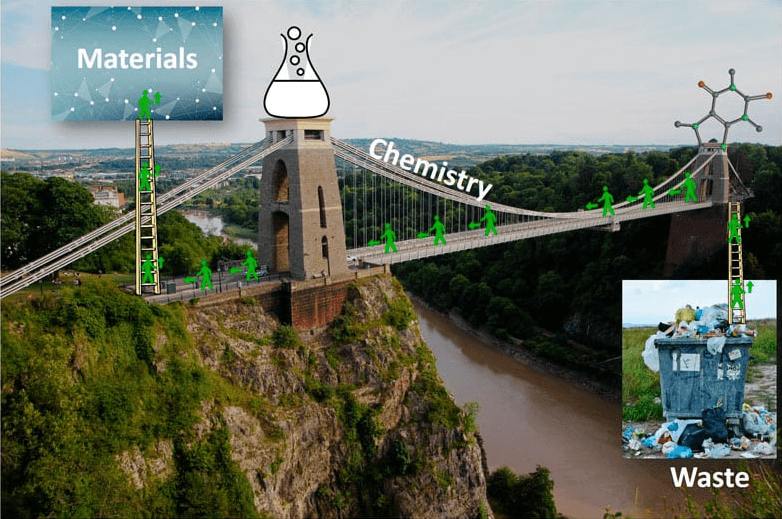Empowering Battery Manufacturing with Surplus Lithium Hexafluorophosphate
Lithium Hexafluorophosphate is a critical electrolyte salt used in the production of lithium-ion batteries, which are pivotal in battery manufacturing for electric vehicles. Recognized for its role in facilitating efficient ion transport and enhancing battery performance, this compound is not only essential in high-tech applications but also represents a valuable surplus chemical inventory that many companies possess. By tapping into surplus stocks, organizations can transform stored chemicals into a revenue-generating resource instead of facing costly disposal challenges.
Lithium Hexafluorophosphate Surplus Trading in Battery Manufacturing & Electric Vehicles
Engaging in the buying and selling of surplus chemicals like Lithium Hexafluorophosphate offers a dual advantage. Sellers can reduce storage expenses and avoid significant disposal costs and regulatory challenges, while also turning excess inventory into profit. Buyers, on the other hand, gain reliable and cost-effective sourcing of high-quality materials. This process supports sustainability by encouraging the responsible reuse of chemicals and reducing environmental impact, while simultaneously boosting production efficiency within the high-demand electric vehicle and battery manufacturing industries.
Applications of Lithium Hexafluorophosphate in Battery Manufacturing / Electric Vehicles
For buyers, investing in surplus Lithium Hexafluorophosphate means access to a reliable supply of a crucial battery component at reduced costs. It enables manufacturers to maintain steady production with quality-tested materials while also offering a cost-effective alternative to sourcing new, often expensive, chemicals. This continuity and assurance in supply chains can directly improve production timelines and overall battery performance.
Sellers benefit from converting dormant chemical inventories into immediate revenue, reducing storage and disposal burdens. By offloading surplus Lithium Hexafluorophosphate, companies can free up valuable warehouse space, lower the risk of accidental degradation, and meet stringent environmental regulations, turning what could be a loss into a lucrative opportunity.
Table of Contents
Surplus Turnaround: Unlocking Value in Battery Manufacturing
A leading battery manufacturing facility faced significant storage challenges due to excess Lithium Hexafluorophosphate, accumulated over several production cycles. Instead of incurring high disposal costs, the company opted to sell the surplus inventory through a specialized chemicals trading platform. The successful transaction not only freed up valuable storage space but also helped reduce waste and improve the company’s cash flow. A buyer in the electric vehicle sector was able to integrate the high-purity chemical into its next-generation battery designs, proving that smart surplus management can drive sustainability and profitability simultaneously.



